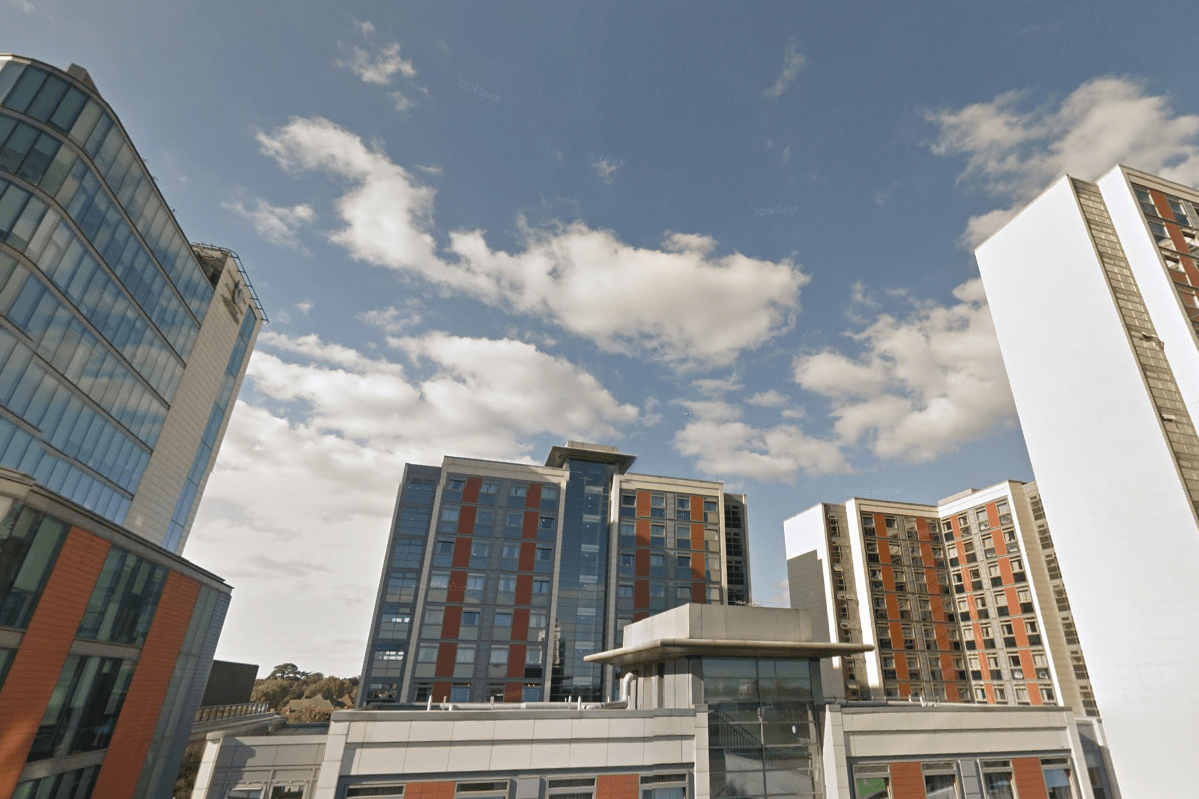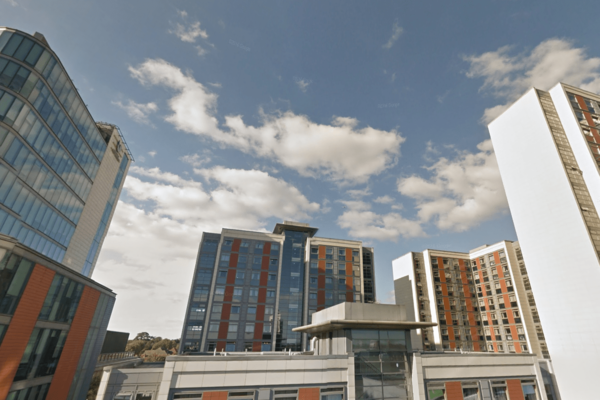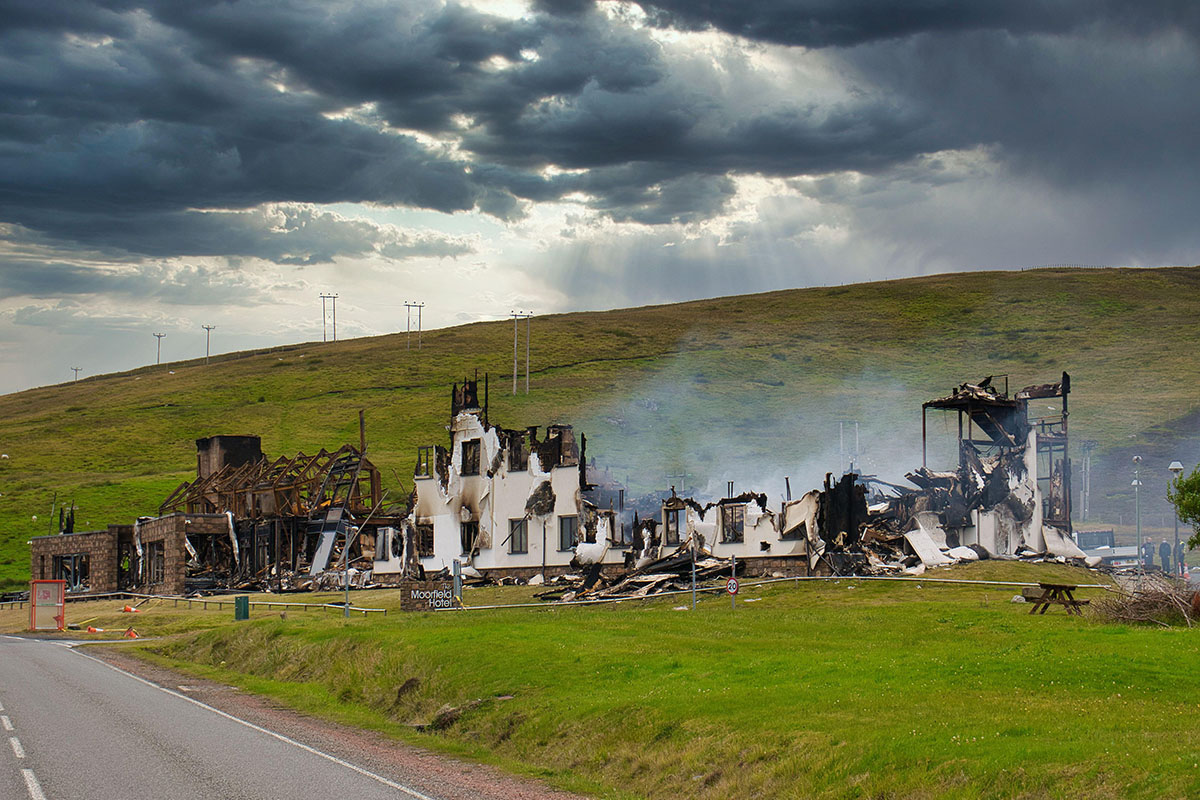Housing association to evacuate 1,000-home modular development due to ‘multitude’ of fire safety issues
A housing association will evacuate 858 residents from a modular west London development, after intrusive inspections identified fire safety issues so serious that the safety of residents can no longer be guaranteed.
Notting Hill Genesis’ (NHG) 1,059-home Paragon Estate consists of six towers in Hounslow, the tallest 17 storeys high, and contains a mix of student housing, shared ownership and intermediate rent homes, plus two commercial blocks not owned by NHG.
There have been fire safety concerns surrounding the development dating back to December 2017, when NHG embarked on an £8m programme to remove dangerous cladding and replace missing fire breaks.
But following a new intrusive survey, the 66,000-home landlord has now concluded that the block is too dangerous for continued occupation and will begin an evacuation immediately.
There are currently 688 students in occupation, mostly from the University of West London and Imperial College London, who will be offered alternative student accommodation this week.
A further 105 shared owners and 65 intermediate rent tenants will be rehoused in hotels before being found longer-term alternative accommodation locally. NHG will meet the full cost of the rehousing process.
The development is made of ‘modules’ that were constructed offsite in a factory before being assembled at the development. At the time of its construction by Berkeley Group in 2006, the 17-storey block was the largest modular tower in the country.
“The buildings have been problematic for a number of years. It’s been quite a complex situation we’ve been working and we have put in various interim safety measures, including temporary alarms and a waking watch,” said Katie Bond, group director of sales and building safety at NHG.
“But the most recent advice we have got from the consultant team is that it may be putting residents at risk if they were to stay, and they don’t feel the interim measures are sufficient in the long term.”
Ms Bond was unable to specify precisely what issues had been uncovered to make this step necessary, but she said they followed “intrusive” investigations carried out that had identified a “critical mass” of safety issues with the buildings.
It is understood that various inspections and reviews by different consultants have each uncovered further issues, adding up to a “multitude” of problems that have led to the advice to evacuate the blocks.
Once the building is evacuated, further intrusive inspections will be carried out involving the removal of walls and bathrooms, with demolition of the estate not ruled out.
Two of the blocks have rendered polystyrene cladding systems and the other four have non-combustible ceramic and terracotta systems – but the safety issues are understood to extend well beyond the cladding.
Asked about the contribution of the modular construction to the issues, Ms Bond said: “It’s obviously a contributing factor in the overall construction but what we need to do is understand the issues; we don’t have all the information yet. Being modular it is really different to our other buildings.”
The organisation stressed that it does not view this as an issue with modular buildings, but specific construction problems.
The evacuations will be carried out in a “COVID-secure way”, allowing each household to move without mixing.
NHG will seek an alternative nearby development to rehouse the leaseholders and intermediate tenants, as well as its existing stock in the surrounding area, and each resident will be given a case worker to provide support during the process.
The estate was initially owned by Presentation Housing Association, following its development by Berkeley Group. Presentation merged with Notting Hill Housing in 2009, and has since become part of NHG.
NHG started legal action against four sub-contractors involved in the construction in November 2018, but Ms Bond was unable to say today where this process has reached.
In an update to investors, Kate Davies, chief executive of Notting Hill Genesis, said: “First, I want to say how sorry we are to residents that we have had to take this action and disrupt their lives. But, as a not-for-profit housing association, our priority is to provide safe, affordable housing.
“We always ensure the well-being of our residents, so while we are incredibly disappointed to have to make this decision, we believe that we have no choice but to ask people to leave their homes on the Paragon Estate.
“I understand that Paragon residents may feel angry or alarmed by this news, as they have every right to be. This is a very distressing time and we are genuinely sorry for the huge amount of disruption and uncertainty that this situation will cause.”
None of the blocks form loan security for NHG.
Asked about the impact of the cost of rehousing and remediation on the association’s business, Ms Bond said: “There’s lots of work we need to do but we are a financially robust organisation and we are being open and transparent with funders and investors, as well as residents.”
It comes amid a wider crisis of building safety across the country, with 2,784 tall buildings registering for the latest round of government remediation funding. An unidentified number of medium-rise blocks also have serious issues.
Inside Housing’s End Our Cladding Scandal campaign sets out 10 steps to resolve this crisis.
10 steps to End Our Cladding Scandal
Based on the recommendations of the Housing, Communities and Local Government Select Committee and backed by a range of sector bodies and MPs from across the political spectrum, these are Inside Housing’s 10 steps to End Our Cladding Scandal:
- The government must lead an urgent national effort to remove all dangerous cladding from buildings by June 2022.
- The Building Safety Fund must cover all buildings, regardless of height, and a range of internal and external fire safety defects, not just cladding.
- The government should provide the money up front and then seek to recover it from any responsible parties or via a temporary levy on development.
- Social housing providers must have full and equal access to the fund.
- The government must compel building owners or managers to be honest with residents about fire safety defects.
- The government should cover the cost of interim safety measures.
- The government should act as an insurer of last resort and underwrite insurance where premiums have soared.
- A fairer, faster process is needed to replace the EWS form and funding is necessary to ensure all buildings requiring a form are surveyed within 12 months.
- Mental health support must be offered to affected residents.
- Protecting residents from historic and future costs must be a key commitment of new building safety legislation.












